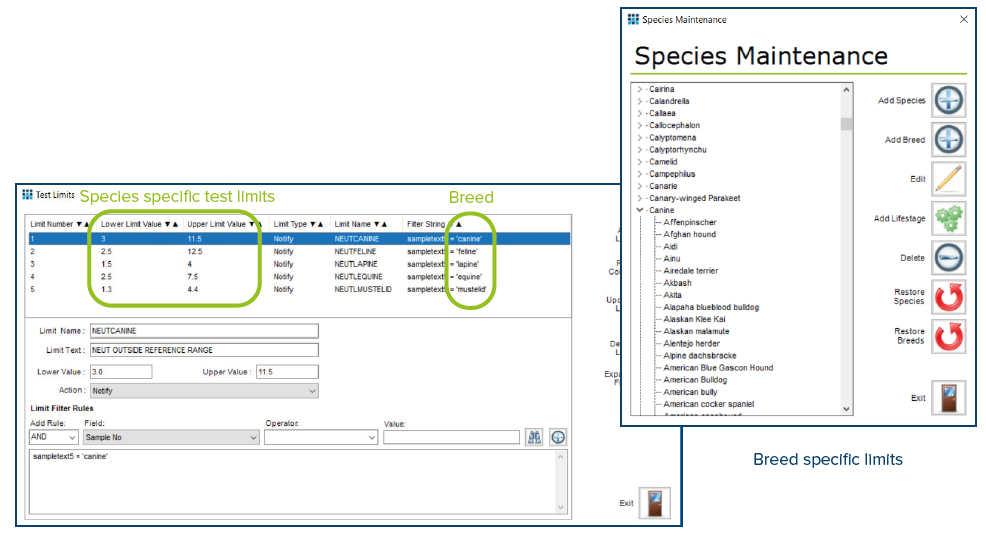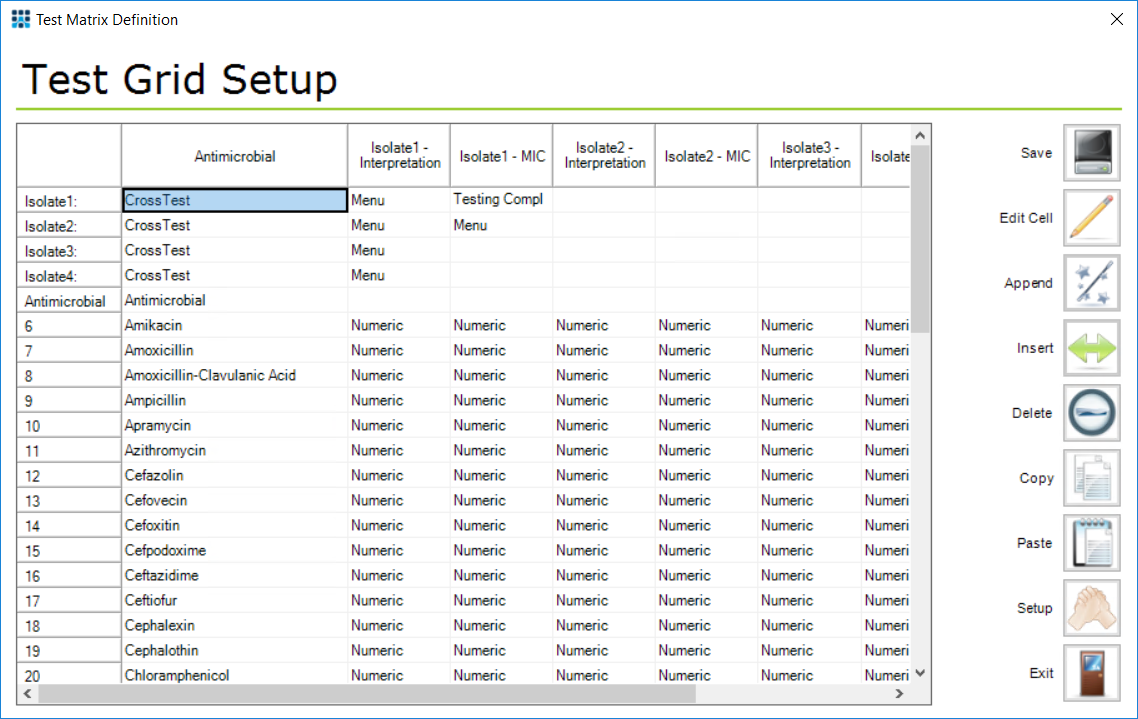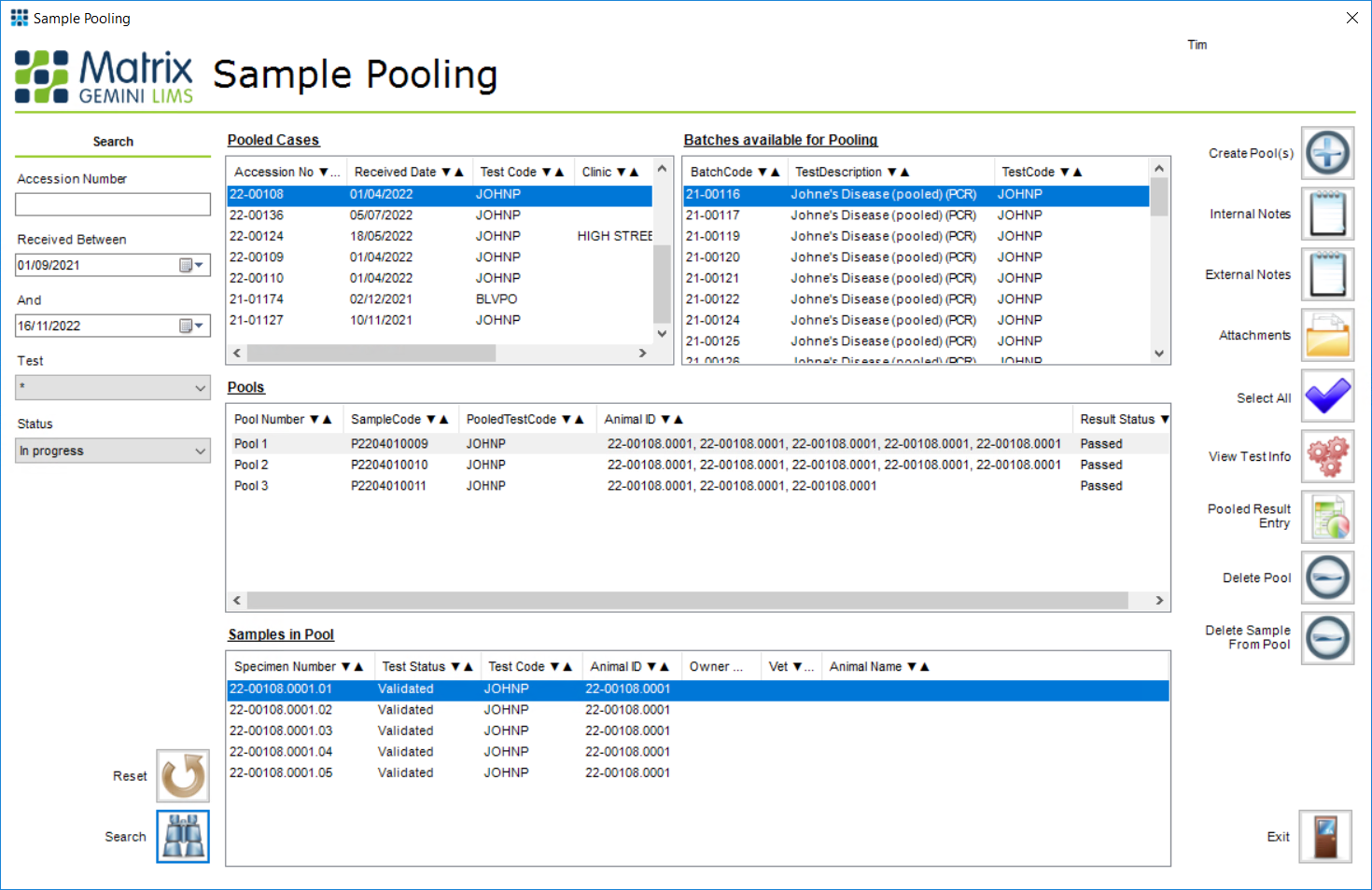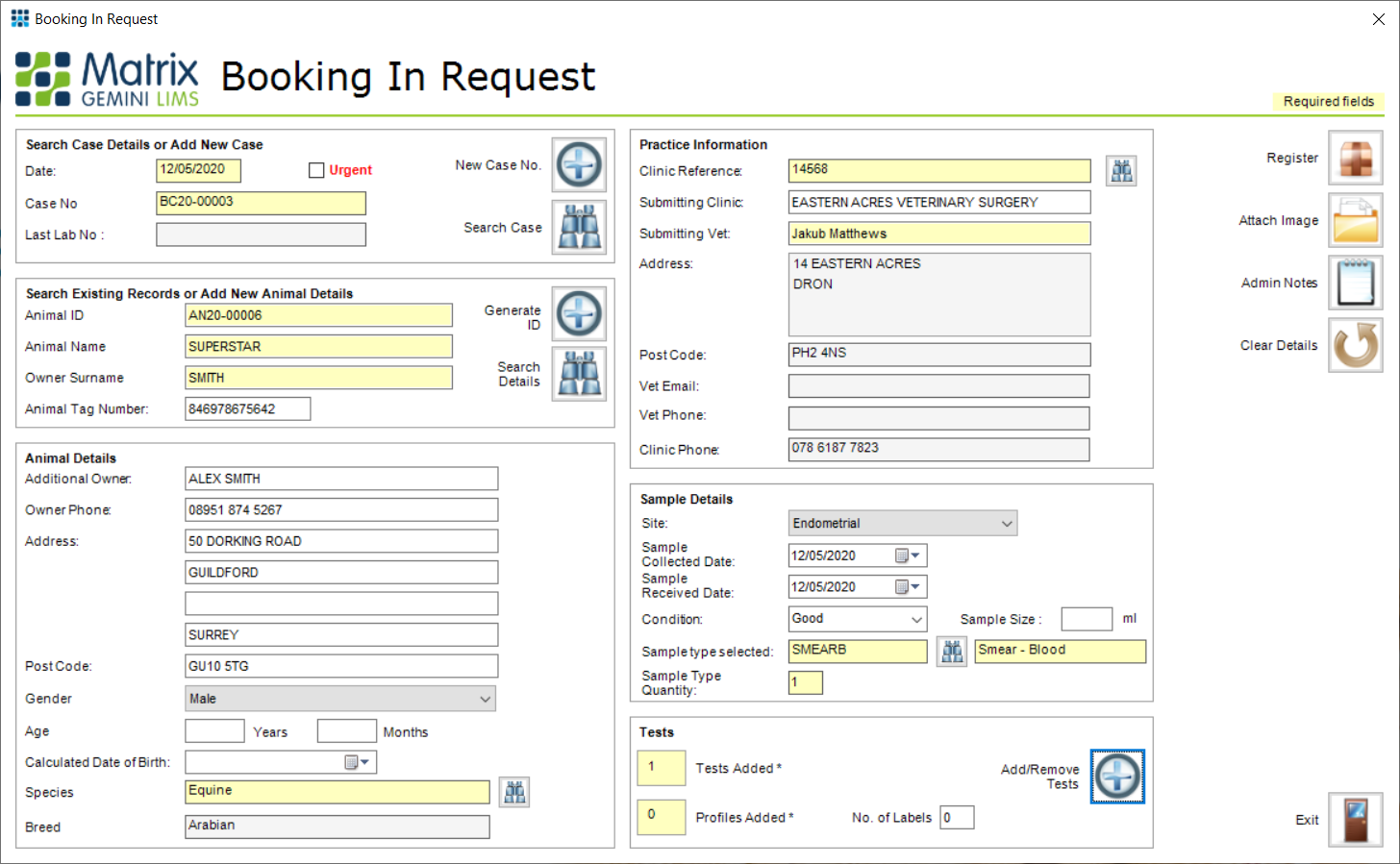Five Reasons Why You Will Want this Veterinary LIMS
The management of diagnostic testing in veterinary pathology laboratories is complicated because of the multiple species/breeds that must be supported, on top of the fact that animals cannot tell you what is wrong with them to point you in the right direction!
Luckily Autoscribe has been supporting veterinary laboratories for many years and so our Veterinary LIMS has evolved, with customer feedback, to include many extras to help them provide a fast, efficient service in this highly competitive market.
1: Breed Specific Test Limits
Unlike human clinical testing, veterinary laboratories must cope with many different breeds of animal, many of which require different test limits to be applied. The Matrix Gemini Veterinary Laboratory LIMS allows breed or species-specific test limits to be easily setup and maintained, potentially saving hours of admin time.
We have pre-built the concept of ‘rule-based limits’ into Matrix Gemini so that you can change any applied test limit depending on a particular rule. In the case of a Veterinary LIMS, we can change the limit applied during testing depending on the species and breed of an animal, and/or change the limit depending on the animals age or life stage (newborn, juvenile, adult, senior).

Fig. 1 – Test limits specific to each animal
This allows a single test to support multiple different limits, one for each species/breed etc. which simplifies setup and maintenance of the tests. In the example shown we are using different test limits depending on the type of the animal (canine, feline, leporine, etc.). The species is automatically determined having been entered into the system during sample reception. A table of species and breeds already exists within the LIMS which may be added to if new or unusual breeds are encountered.
Rule-based limits can, of course, be used across any other industry, where relevant.
2: Culture & Sensitivity Testing
A common test type performed by veterinary laboratories is culture and sensitivity testing. Microbiological culture tests are used to identify infection causing microorganisms. Sensitivity tests check to see which treatment or treatments will be most effective against the identified organisms.

Fig. 2 – Example culture and sensitivity results grid
Matrix Gemini can easily support this type of test. The test matrix above shows a sensitivity test designed to ascertain the best antimicrobial to use against a particular bacterial infection. After testing vets will understand which agents should be effective against the bacteria.
{As a side note: Each cell in the test matrix can be setup to accept numeric, text, or selectable menu items, or can pull historic data from previous tests for comparison purposes. Also, complex calculations may be performed in the test grid, as in an Excel spreadsheet, to calculate final results from raw data. This is the very heart of how a LIMS functions. Unlike a spreadsheet however a test matrix ensures data integrity. No entered results are ever over-written. Results, and any changes to those results, are saved in an audit log, along with result version, time, date and who entered or changed them. This allows historical data to be recovered, even if the results have been modified. A major difference from spreadsheets!}
3: Manual Differential Testing
Manual differential testing allows trained staff to manually count items while looking through a microscope. It’s more complex than it sounds!
Manual differential testing is performed, for example, to help diagnose health issues by accurately counting the number of white blood cells in a blood sample. The count is incremented using preset keys (on the numeric keypad) of the computer keyboard. Multiple counters may be defined, each counter having a different audible sound when incremented as an aid to the operator. Minimum and maximum count thresholds may be set with audible bleeps given when these counts are achieved. Minimum/maximum thresholds are often important in manual differential testing, since once a certain proportion and quantity is achieved a definitive result is known and the operator can move on to the next sample.

4: Sample Pooling

Fig. 3 – Example of sample pooling for Johne’s disease
5: Client Specific Booking In & Invoicing

Fig. 4 – Example LIMS sample registration screen
Matrix Gemini is designed to be ultra-flexible, allowing fields in every screen to be easily added, altered, or removed to suit your exact needs. The Sample Registration screen above has been adapted to suit the specific needs of veterinary labs. It allows all the pertinent details to be captured, with fast recall of animal, owner, and practice details if they are already in the system.
The system also allows specific tests to be requested for each sample, keeping a record of the costs of each test for the client. When testing is complete the system can create a certificate of analysis and invoice the client for the work done.
Summary
Matrix Gemini Veterinary LIMS has a significant install base among veterinary pathology laboratories. This has allowed Autoscribe to develop software solutions, over many years, to meet the particular needs of this sector of the industry. Please see our Veterinary LIMS page for further information about the LIMS and our case studies page for relevant veterinary case studies.












